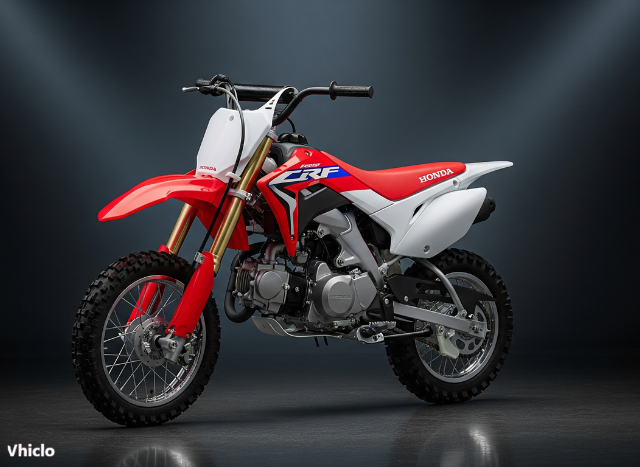On May 1, 1955, at precisely 7:22 am, the Mercedes-Benz 300 SLR “722” roared to life at the starting line of the Mille Miglia. Driven by Stirling Moss and co-driver Denis Jenkinson, the iconic Silver Arrow would go on to secure one of motorsport’s most unforgettable victories—forever etching “722” into racing history.
Contents
The Origins of a Motorsport Icon
Engineering Inspired by Formula 1
The Mercedes-Benz 300 SLR was far from an ordinary racing car. Developed with Formula 1 DNA, it was based on the W 196 R Grand Prix car and adapted for endurance racing on public roads. The 300 SLR’s lightweight magnesium-alloy body, advanced aerodynamics, and road-going features like headlights, turn signals, and a number plate made it unique among racing sports cars of its time.
Inside the Cockpit: Where Innovation Meets Utility
A Dashboard Built for Endurance
Despite its resemblance to a 1950s passenger car interior, the 300 SLR’s cockpit was a purpose-built control center. Key features included:
- A centrally mounted Veglia rev counter peaking at 11,000 rpm
- Ignition, light controls, and indicator switches are within easy reach
- A rotary Scintilla magneto switch with multiple spark settings
- A practical layout of pedals, with accelerator and brake on the right and clutch on the left
Stirling Moss’s Custom Touch
Moss preferred a three-spoke steering wheel for optimal visibility. After the race, he kept the original as a memento, and a faithful replica now adorns the museum model. The dedication he left on the car in 2005 reads:
“We did it together – my thanks and affection.”

Aerodynamics and Road Readiness
Built for Speed and Distance
- The car’s aerodynamically optimized body included streamlined humps behind the seats and a frameless curved windscreen.
- The boot lid featured a large “D” (Germany’s country code) that cleverly doubled as the access hatch release.
- Twin tailpipes, unmuted and exposed on the right side, emphasized its performance-first philosophy.
Jenkinson’s Role and the Power of Pacenotes
A narrow co-driver seat didn’t stop Denis Jenkinson from playing a pivotal role. Using a custom scrolling metal case with pacenotes, Jenkinson navigated Moss through 1,000 miles of treacherous Italian roads—providing the real-time insights that powered their average speed of 157.6 km/h (nearly 100 mph).
Technical Specifications Snapshot
| Specification | Detail |
|---|---|
| Engine | 3.0L inline-8 (M 196 S) |
| Power Output | 276 hp (203 kW) |
| Top RPM | 11,000 |
| Weight | Approx. 900 kg |
| Transmission | Rear-mounted transaxle |
| Chassis | Spaceframe, magnesium bodywork |
A Season of Triumph and Tragedy
The Mille Miglia win was just one highlight in Mercedes-Benz’s dominant 1955 season. Juan Manuel Fangio secured the Formula 1 World Championship, and the 300 SLR later claimed the World Sportscar Championship at the Targa Florio.
Yet 1955 also brought sorrow. The Le Mans tragedy, in which Pierre Levegh and 83 spectators perished, cast a shadow over the season. Although Mercedes-Benz had already planned to exit motorsport to focus on production vehicles, the accident underscored the end of an era.
Legacy of the 300 SLR “722”
The 300 SLR “722” is not just a car—it’s a symbol of speed, innovation, and resilience. When Stirling Moss passed in 2020, Mercedes-Benz Classic honored him with the short film “The Last Blast,” showcasing a symbolic final drive of the legendary Silver Arrow through the streets of London.
Why “722” Still Matters
Today, the Mercedes-Benz Museum proudly displays the 300 SLR “722” in its Legend Room 7: Silver Arrows – Races and Records. The car remains a monument to what is widely considered the greatest drive in motorsport history—thanks to the unmatched synergy between man, machine, and meticulous engineering.
Automotive industry expert and editor of Vhiclo, specializing in car news, EV technology, and in-depth vehicle analysis. With years of experience in the field, Koutaibah provides trusted insights for enthusiasts and professionals alike.






